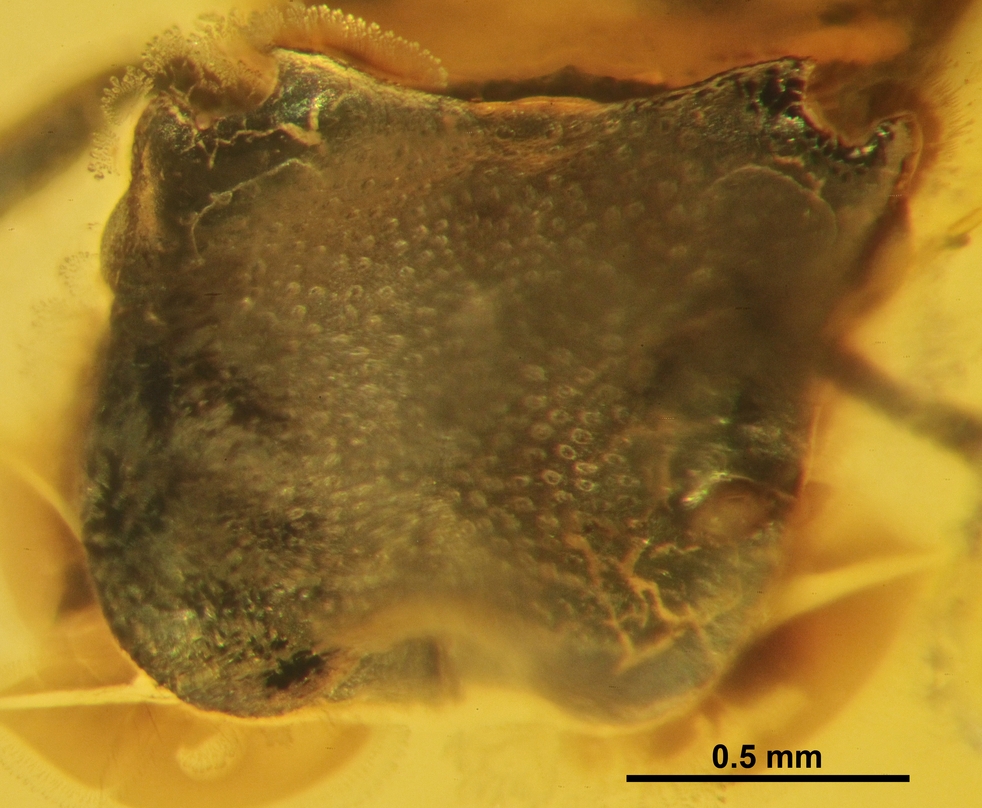|
Cephalotes Hispaniolicus
''Cephalotes hispaniolicus'' is an extinct species of ant in the subfamily Myrmicinae known from a single Middle Miocene fossil found in amber on Hispaniola. At the time of description ''C. hispaniolicus'' was one of six ant species placed in the ''Cephalotes'' ''multispinosus'' clade. History and classification ''C. hispaniolicus'' was described from a solitary fossil worker caste ant which was preserved as an Inclusion (mineral), inclusion in a transparent chunk of Dominican amber. The amber was produced by the extinct tree ''Hymenaea protera'', which formerly grew on Hispaniola, across northern South America and up to southern Mexico. The specimen was collected from an unidentified amber mine in the Dominican Republic. The amber dates from the Burdigalian age of the Miocene, being recovered from sections of the La Toca Formation in the Cordillera Septentrional and the Yanigua Formation in the Cordillera Oriental (Hispaniola), Cordillera Oriental. At the time of description, ... [...More Info...] [...Related Items...] OR: [Wikipedia] [Google] [Baidu] |
Burdigalian
The Burdigalian is, in the geologic timescale, an age (geology), age or stage (stratigraphy), stage in the early Miocene. It spans the time between 20.43 ± 0.05 annum, Ma and 15.97 ± 0.05 Ma (million years ago). Preceded by the Aquitanian (stage), Aquitanian, the Burdigalian was the first and longest warming period of the MioceneEdward Petuch, Ph.D. Florida Atlantic University, Department of Geosciences. and is succeeded by the Langhian. Stratigraphic definition The name Burdigalian comes from ''Burdigala'', the Latin name for the city of Bordeaux, France. The Burdigalian Stage was introduced in scientific literature by Charles Depéret in 1892. The base of the Burdigalian is at the first appearance of foram species ''Globigerinoides altiaperturus'' and the top of magnetic chronozone C6An. , an official GSSP for the Burdigalian had not yet been assigned. The top of the Burdigalian (the base of the Langhian) is defined by the first appearance of foram species ''Praeorbulina gl ... [...More Info...] [...Related Items...] OR: [Wikipedia] [Google] [Baidu] |
